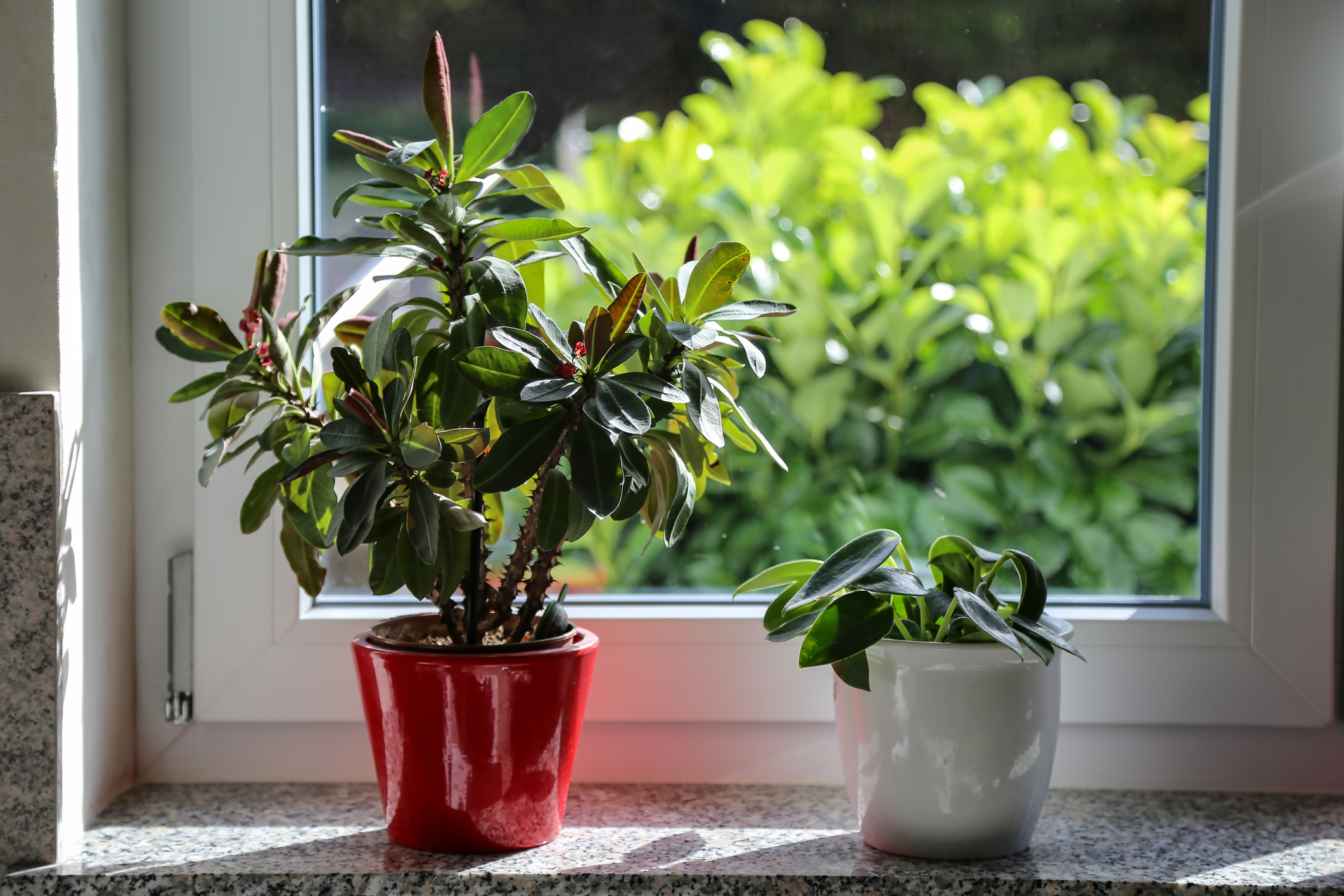Many people believe that their houseplants need the same type of care year-round. After all, they’re in an identical environment – the interior of your house – no matter what season it is. However, the opposite is true. These plants are also affected by the seasons, even though they’re not outdoors, so you need to change how you care for them.
Watch Out for Low Humidity
It’s perfectly normal for the air inside your house to become drier in the winter. Your furnace is to blame for this. You probably notice some signs of this, such as waking up to a dry throat that clears up after you eat breakfast. Some people are even prone to nosebleeds for this reason. Your plants are greatly affected by this dry air as well. They need some humidity in order to survive. Thankfully, there are some solutions. If you have an air humidifier or want to purchase one to run during this time of the year, then that will help quite a bit. Just place the humidifier near your plants (even being in the same room will suffice). Also, you can put a bit of water on a tray somewhere in the vicinity of your plants – no more than a foot away – and the water will seep into the atmosphere. Don’t place your plants in that water, as that could cause problems. You can also move those plants near rooms that tend to end up with a lot of air moisture, such as the bathroom or the kitchen. In fact, if you can place them in those rooms, that will help. With that said, you shouldn’t mist the plants with water. This actually doesn’t help them at all, as the water evaporates far too quickly. It doesn’t provide the moisture that they need.
A Revolutionary Piece Of Fabric That Replaces Expensive Paper Towels And Toxic Chemical Cleaners>>>
Water Your Plants Sparingly
Speaking of water, you do need to give them less water in the winter than you do the rest of the year. This sounds counterintuitive to what we just wrote since you’d think that the lack of moisture in the air could be made up for by watering your plants a lot. This isn’t true. Water in the air is much different than moisture in the soil! A good way to test the moisture of the soil is by placing your finger in it. The top of the soil will dry out fast, so don’t just do a quick touch test. Instead, make sure that your finger goes down a few inches below the surface of the soil. If it feels dry there, then you need to water your plants. Why does this matter? Well, most of your houseplants will end up going into a dormant state during the winter. This means that they stop growing at the rate that they normally do. As a result, they need a lot less water.
Place them in the Sun
Even though we advocated for placing your houseplants in the same room so that the humidifier can reach them, you also need to move them around a bit in that space. Your plants need sunlight in order to thrive. Their photosynthesis processes depend on it. When they’re in shady areas of your house, then this doesn’t happen, and they could die.
Essentially, you want to place your plants in an area where they get plenty of sunlight during the day, as well as humid air all winter long. When you combine this with proper watering (and be sure to test your soil), then your plants will be fine during this cold and snowy season.


